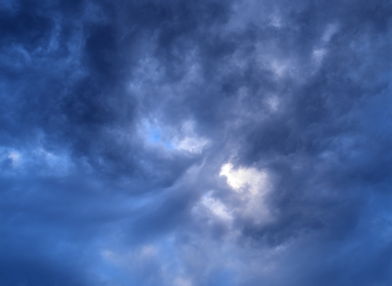 |
Newfoundland, 2016
In July 2016 I went to Newfoundland for a conference (CSEE 2016). I stayed in St. John's, which is quite charming, but I managed to get out of the city a little bit and take some photos.
The "original" photos linked to in this set are reduced size, in fact, so contact me if you want a true original. Also, I would note that some of the photos posted here have been digitally manipulated, but mostly just adjustments to brightness and contrast. Mostly I tried to stay true to the muted gray colors of overcast Newfoundland, though. :->
|
|
 |
| Signal Hill and Quidi Vidi |
|
I started out with a group walk along the St. John's harbor, out the Narrows along the coast, up to Signal Hill, and down to Quidi Vidi, a pretty and eccentric little village on the other side of the hill. The "twine store" is a historic building, as I understand it; it is not a shop where one can buy twine, but rather, a communal storage space for fishing gear, or something like that. The fissure in the rock in the ninth photo went way, way down; although we were high on the cliffside at that point, we could hear the ocean down in the depths of the fissure! In photo ten you can see Cabot Tower, the site of the first trans-Atlantic wireless message ever sent, at the top of Signal Hill; we got there, but by that point it was raining hard so this is the closest photo I got of the tower, sadly. In the eleventh photo, just before the rain and fog swept over us, you can almost see the easternmost point in North America on the horizon at far left, Cape Spear. Then we got poured on, and I didn't take any more photos until we got to Quidi Vidi, when the weather lifted and we all had a well-deserved beer at a local pub.
|
|
 |
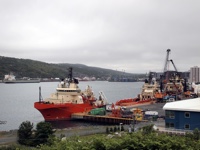
|
 |
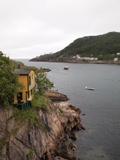
|
 |
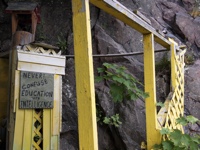
|
 |
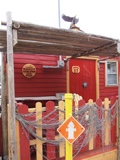
|
 |
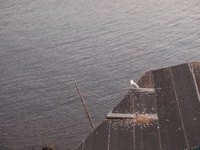
|
 |
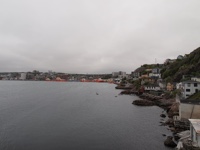
|
 |
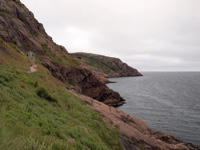
|
 |
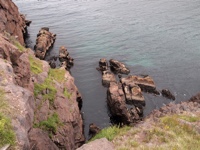
|
 |
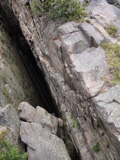
|
 |
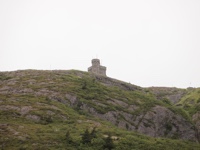
|
 |
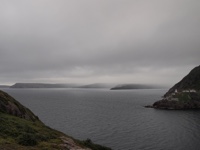
|
 |
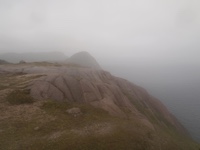
|
 |
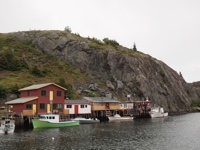
|
 |
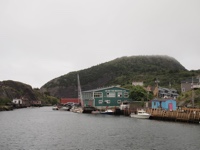
|
 |
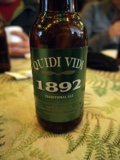
|
 |
| Bay Bulls boat tour |
|
This batch is from a boat tour I took with O'Brien's Whale and Bird Tours, out from Bay Bulls into Witless Bay to a couple of islands where there are large bird colonies. As I recall, mostly what you see here are puffins, razorbills, murres, and kittiwakes. They're rather small in these photos, but if you click through to the original photos you can sometimes see them pretty well. I was impressed by the dock machinery we saw on the way back in to port, so I took a shot of that too!
|
|
 |
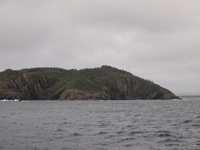
|
 |
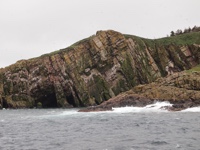
|
 |
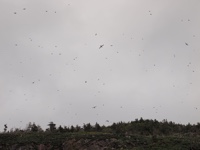
|
 |
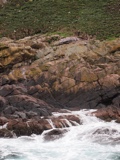
|
 |
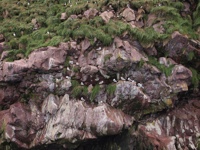
|
 |
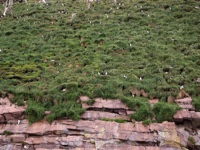
|
 |
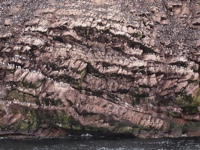
|
 |
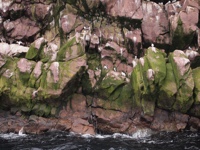
|
 |
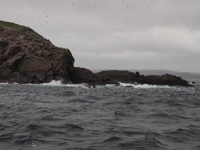
|
 |
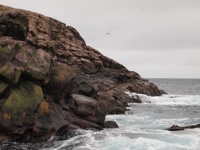
|
 |
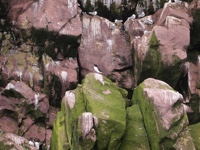
|
 |
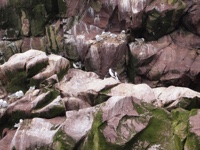
|
 |
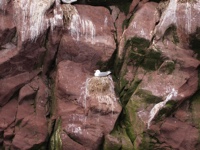
|
 |
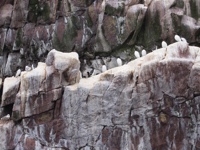
|
 |
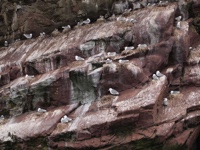
|
 |
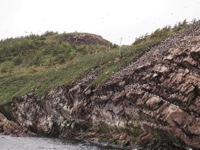
|
 |
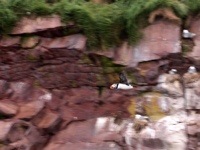
|
 |
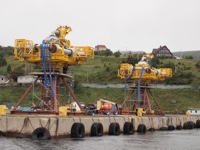
|
 |
| St. John's |
|
The first row of photos show the "jelly bean houses" of St. John's. This is an architectural style, and a taste in exterior paint color, that you see in much of the town. It is much loved by the locals, many of whom have some version of the mailbox shown in the first photo. The second row are other notable buildings in St. John's that I happened upon. Although it was founded in 1497 (!), there are very few old buildings because the town has had a number of large fires, notably in 1892, that destroyed much of the city.
|
|
 |
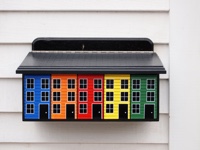
|
 |
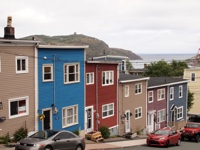
|
 |
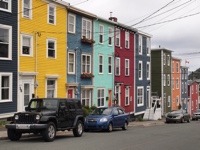
|
 |
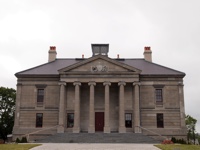
|
 |
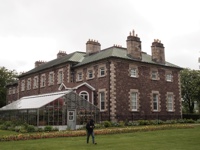
|
 |
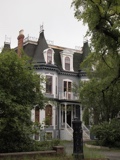
|
 |
| Capelin spawning |
A group of us went to a beach at sunset to try to witness the spawning of the capelin. Capelin (pronounced as starting with the word "cape", with a long "a", and ending the same way as "javelin") are a local fish, small but very numerous, that spawn on the beaches of Newfoundland at this time of year. Sunset on the beach was pretty, and we did catch a couple of capelin in the waves breaking there, but they were not quite in the mood for spawning that evening, sadly. However, we learned a lot about capelin, courtesy of a local professor, and we enjoyed a campfire on the beach. Later on, at the closing banquet for the convention, a couple of folks (including me) penned a biologically accurate limerick about capelin spawning:
There once was a spawning of capelin,
The males were in pretty bad shape-e-lin,
The females surged,
The sperm, it was purged,
And the baby fish they were a-make-e-lin.
Now you know the sort of thing you miss if you don't go to scientific conferences!
|
|
 |
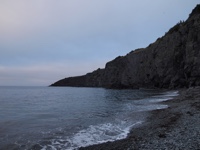
|
 |
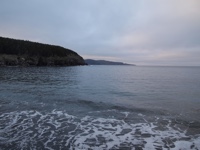
|
 |
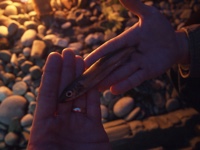
|
 |
| Cape St. Mary's |
|
The last set of photos are from Cape St. Mary's, a nature reserve an hour and some outside of St. John's. We were extremely lucky with the weather; the forecast said gale-force winds and pelting rain, but instead it was a lovely and even occasionally sunny day there! After a short walk from the nature center, you reach a rocky area where you can sit, just a few yards away from nesting birds (but separated by yawning chasms of rock that go all the way down to the sea). The dominant birds here are gannets, which I found quite beautiful in a fierce-looking sort of way. There are also kittiwakes and razorbills, if I'm not mistaken. There are also three photos showing humpback whales surfacing in the ocean far below us, which was a treat. And then there's a photo of yours truly at the end. It was a great trip!
|
|
 |
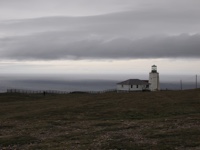
|
 |
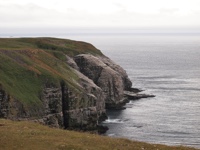
|
 |
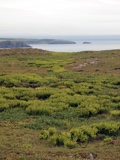
|
 |
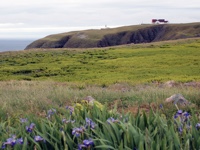
|
 |
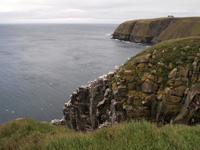
|
 |
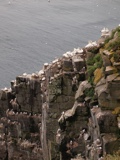
|
 |
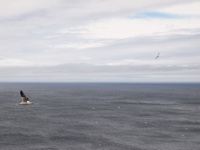
|
 |
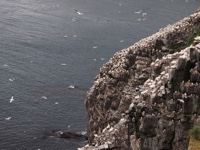
|
 |
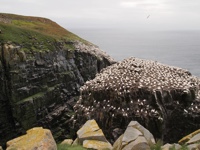
|
 |
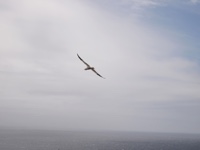
|
 |
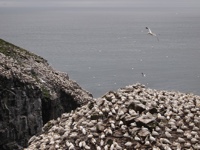
|
 |
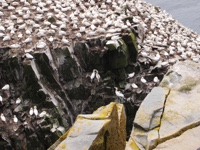
|
 |
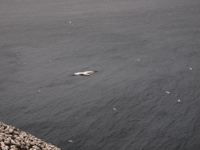
|
 |
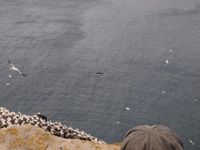
|
 |
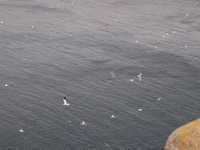
|
 |
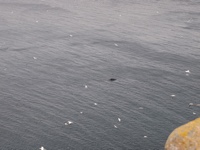
|
 |
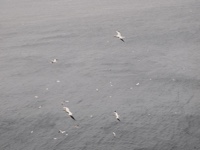
|
 |
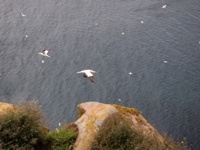
|
 |
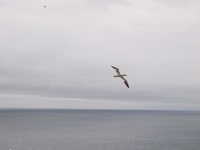
|
 |
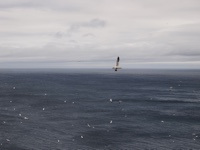
|
 |
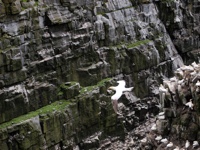
|
 |
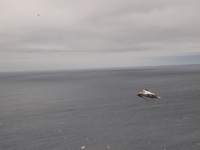
|
 |
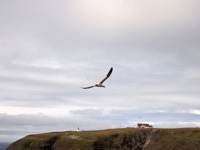
|
 |
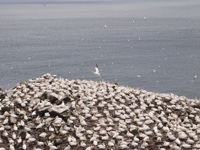
|
 |
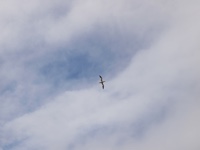
|
 |
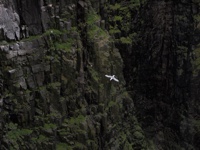
|
 |
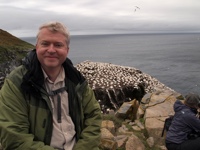
|
|
 |
